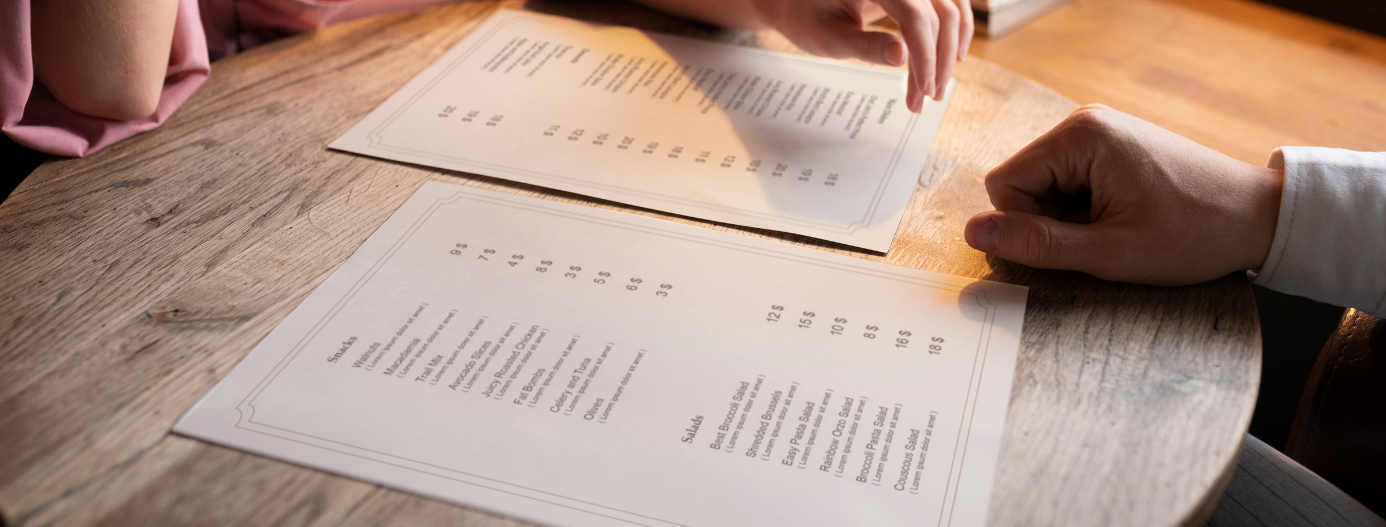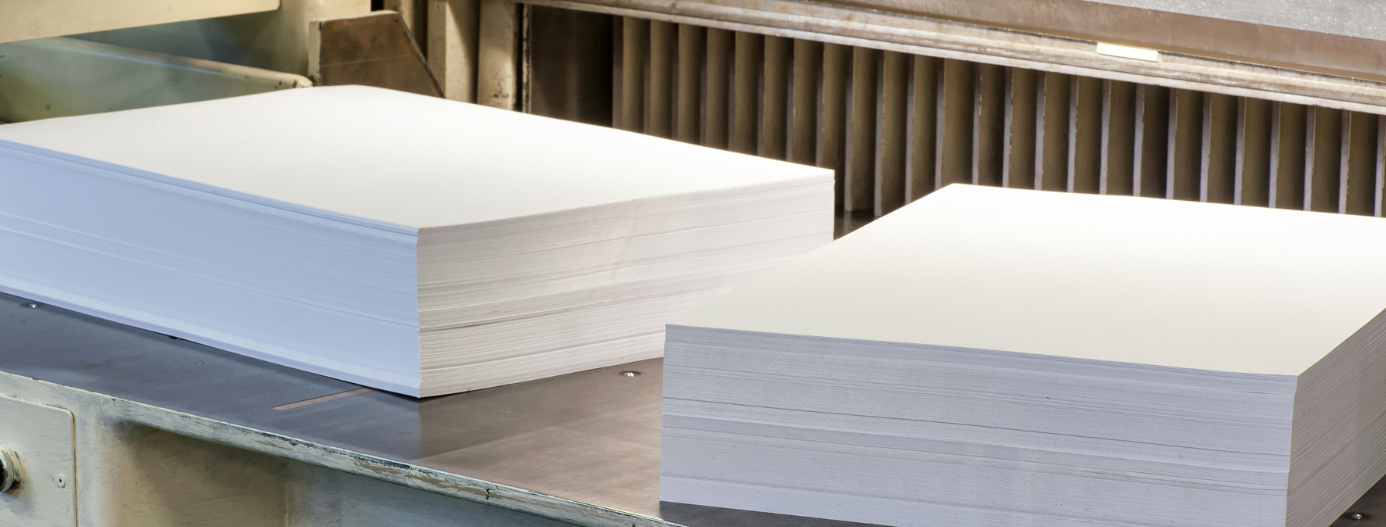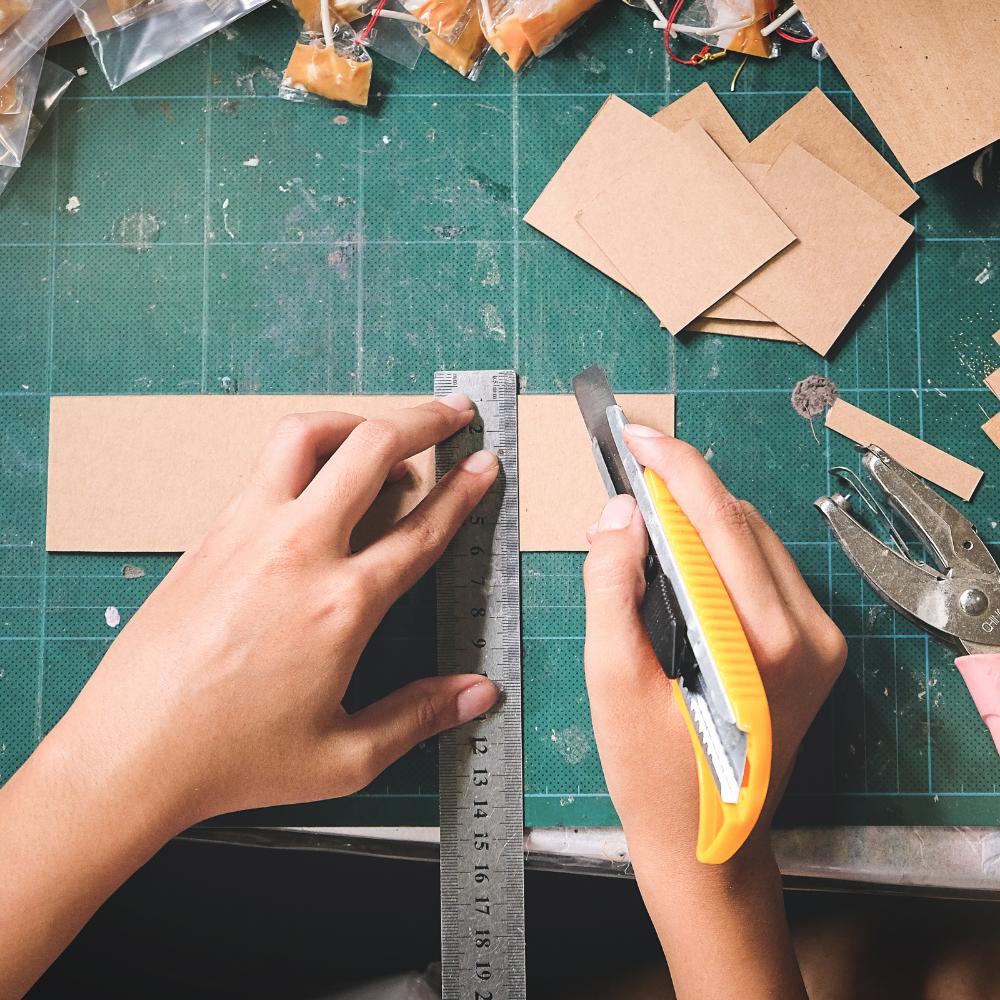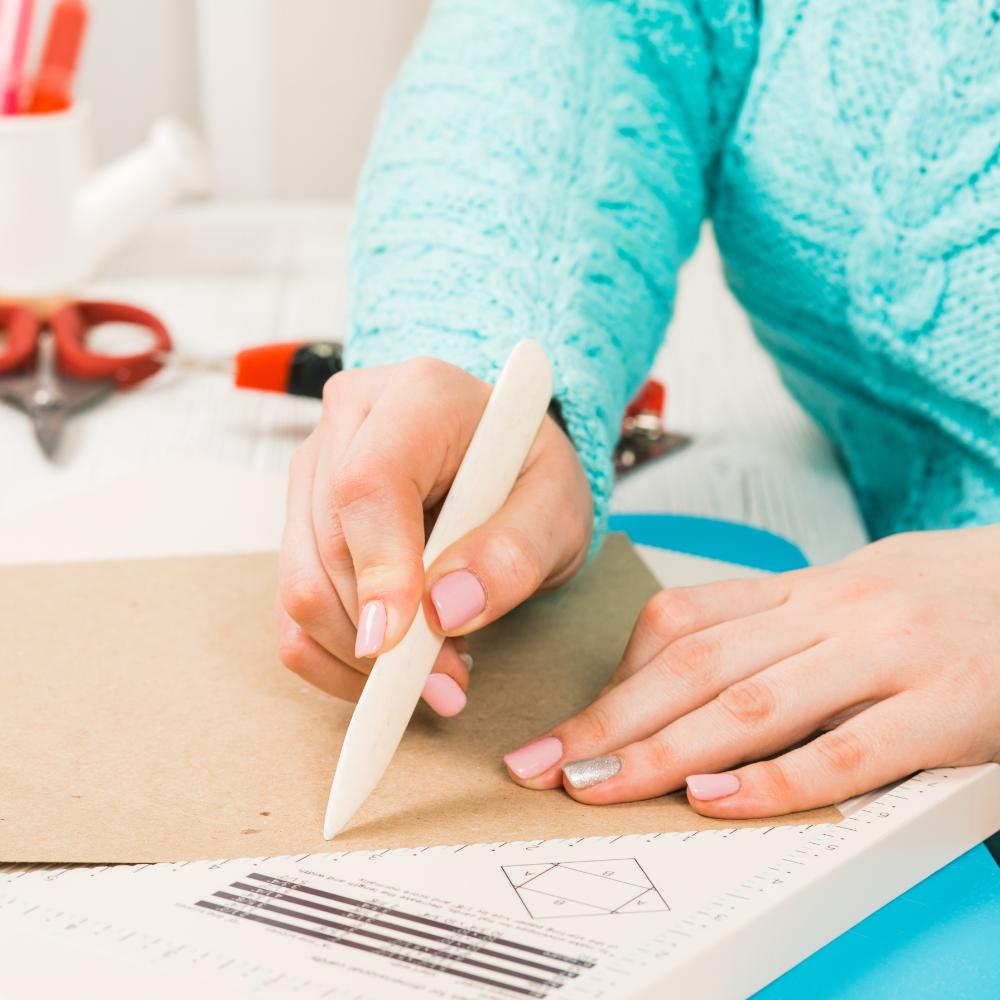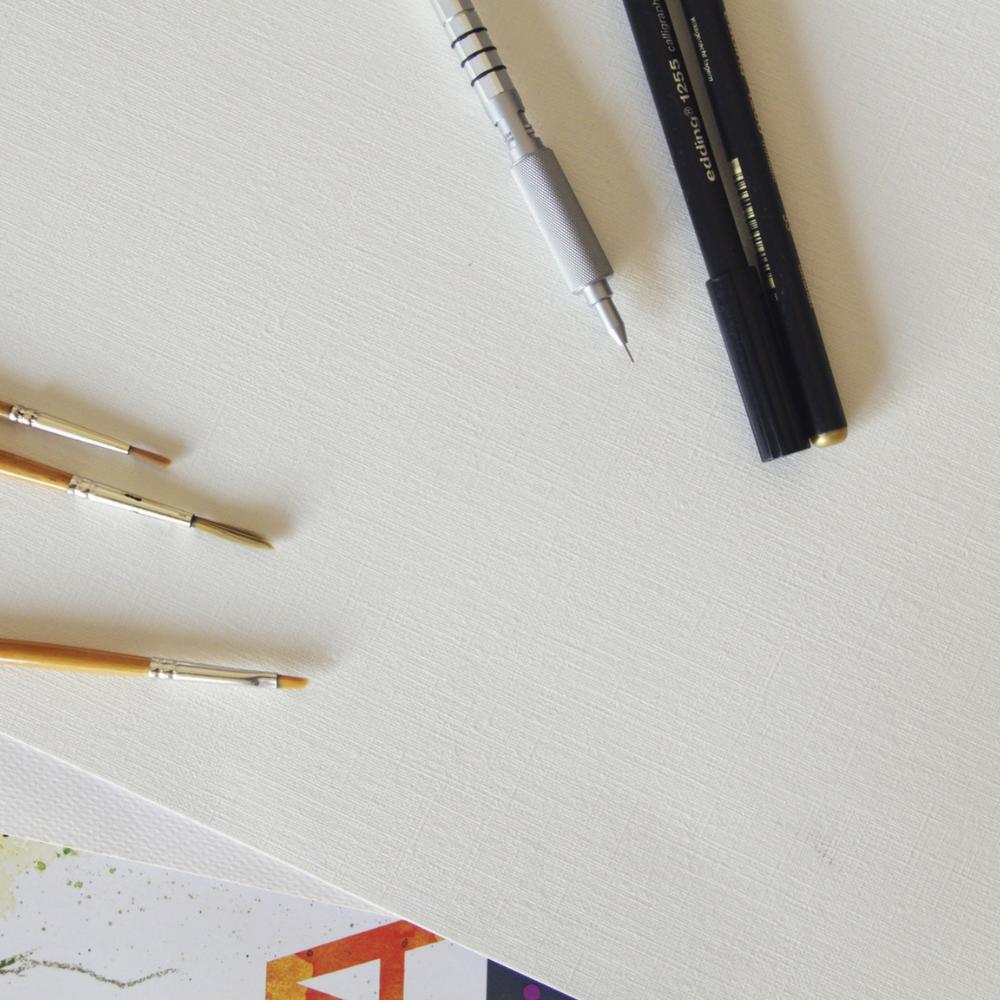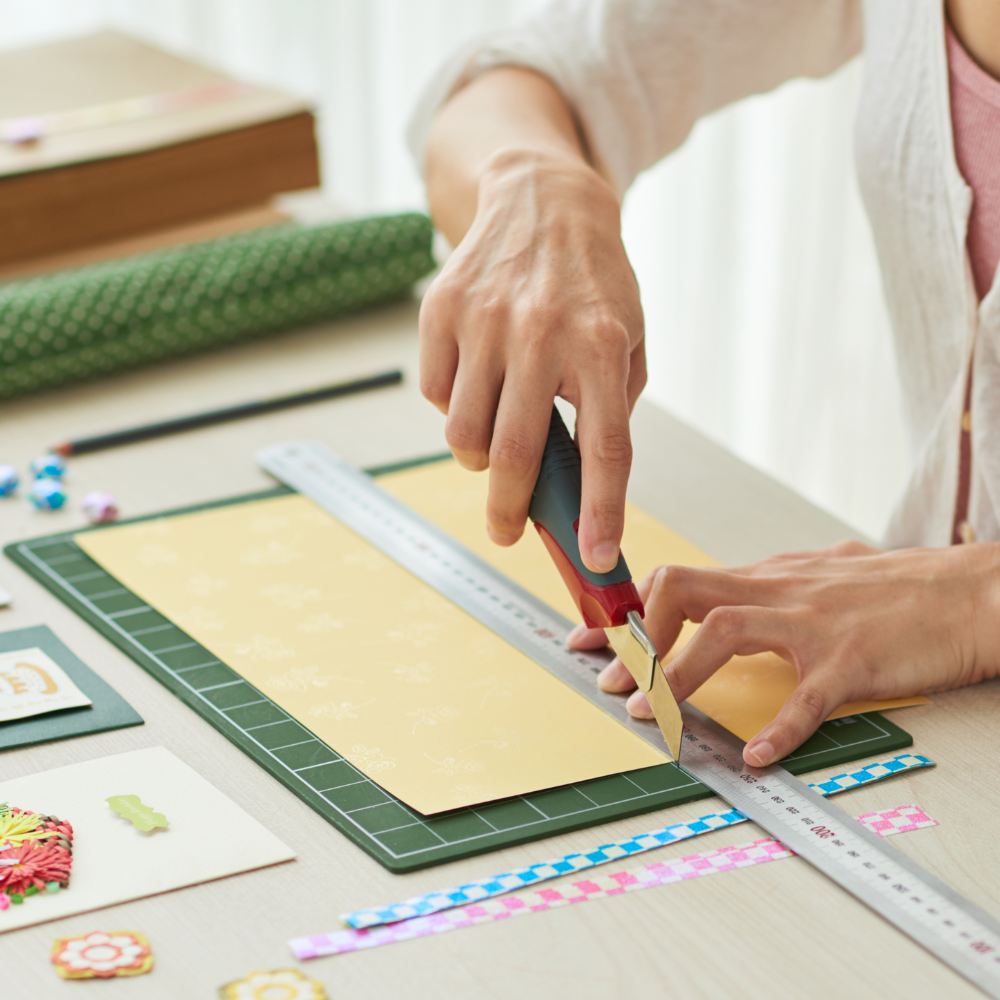Lettering for Valentine's Day in 2023
There is a high chance that while scrolling through any social media platform, you would have come across hand lettering as an art form. At a very basic level, hand lettering is drawing letters just as you would any other object. Drawing letters comes in handy for a variety of projects, including graphics to reading as digital art or books.
In this article we will focus on a few tips that you need to remember when starting on your hand lettering interest and hobby knowing that the basic difference between calligraphy and hand lettering is that in calligraphy you write it the words with calligraphy tools but in hand lettering you draw the letters with anything from pencil to brush pens.
One of the most critical parts of any art or paper craft that we talk about here, Thunderbolt Paper understands the role of superior paper in the final execution. For calligraphy and hand lettering both, you require thick and smooth paper, readily fulfilled by the ThunderBolt Paper store, for sharp and clean edges of your letters or words.
Here are 6 tips to begin your lettering interests and project today
Notice pressure difference
When you begin lettering for the first time, you will have to notice how words and letters are drawn. Fonts are an excellent thing to start with and know that the first thing you notice about letters being thicker from one part and thinner from others.
This is because the up strokes are usually thinner really than the downward strokes that are thicker. You will notice that upward strokes are lighter because of very slight pressure on the drawing tool such as a pencil or brush, and downward strokes are darker.
Once you begin using a pencil or a pen, you will know that thin lines are achieved by lighter pressure and thicker, darker lines are made by applying slight pressure on the pencil.
Begin with simple supplies
Even though you might come across an endless list of fancy supplies or materials that you could be using for hand lettering or calligraphy, you don't necessarily need to begin with a lot of them.
Simply begin with Crayola markers, sharp or just pencils that vary in terms of darkness to practice your letters and strokes over ruled workbooks or practice sheets. You can move on to brush pens, or brushes, as you grow in your skill and practice.
For a general guide on proportions of upward and downward strokes, you can also draw lines on any blank paper and begin practicing.
Good handwriting is not necessary
A General misconception associated with hand lettering and even calligraphy is that one requires to have beautiful handwriting or rather know cursive, in order to practice either of them. Whereas hand lettering for calligraphy widely differs from cursive handwriting.
You will understand as you take up on your journey of hand-lettering or even calligraphy that you keep picking up your hands after each stroke, while in cursive handwriting you do not pick up your pen while writing. In fact, Cursive writing was meant to help writing faster, and hand lettering is a slow process.
Pick the right paper
As already mentioned, the basic process of hand lettering for calligraphy requires you to use your pencils or pens with varying pressure over the paper. If you do not use thick and strong paper while practicing any of these art forms, you will see how thin copy paper can simply crumble to the weight.
With thin and low opacity papers, you will be able to see the ink through the paper and the ink will bleed. Thick and smooth finish paper is ideal in ensuring sharp and clean ages of your letters. Textured paper such as linen paper or vintage paper can be harmful for your pen nibs or brush pens.
Trust the process
Anything but you begin learning from riding a bicycle or holding chopsticks. Everything requires a certain amount of time to become a skill. The same way, as you go through the journey of exploring and learning hand lettering, you will be required to practice patience and trust the process.
You will explore different aspects of your abilities and the limitations to your skills while you learn anything new. Allow yourself to make mistakes and evolve your style with the improving level of skill.
Do not let the internet fool you
There is a high chance that you would've come across a hand lettering video, and you may give yourself unrealistic expectations. That means you may think you will also be able to draw just as well and fast in no time. Understand that no one really puts their failed practices online, and the content that you do see is sped up 4 to 5 times.
Give yourself time and practice, as slowly, as you need to without allowing the internet to make you question your abilities.
After all, Valentine's Day or not, hand lettering is a beautiful art form that you can enjoy while creating something spectacular. Take your time, and allow yourself to make mistakes. We would love to hear your thoughts if this information is helpful for you. Have you tried hand lettering?


